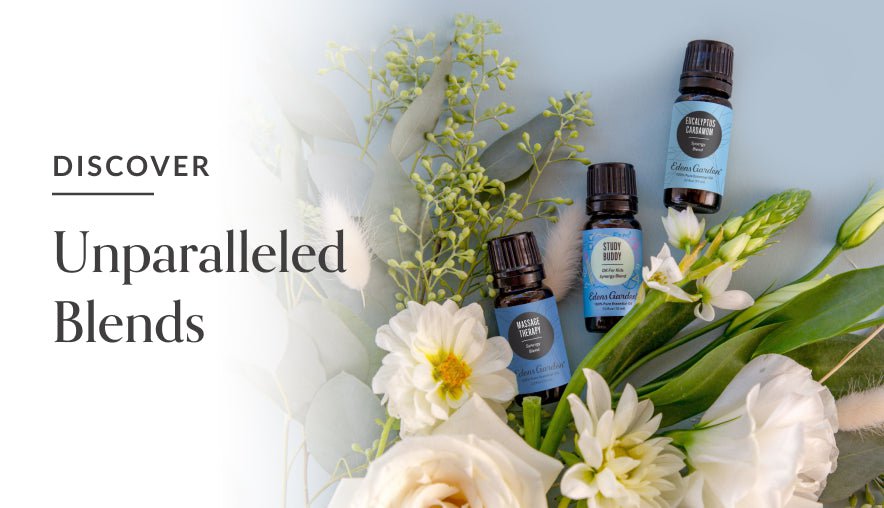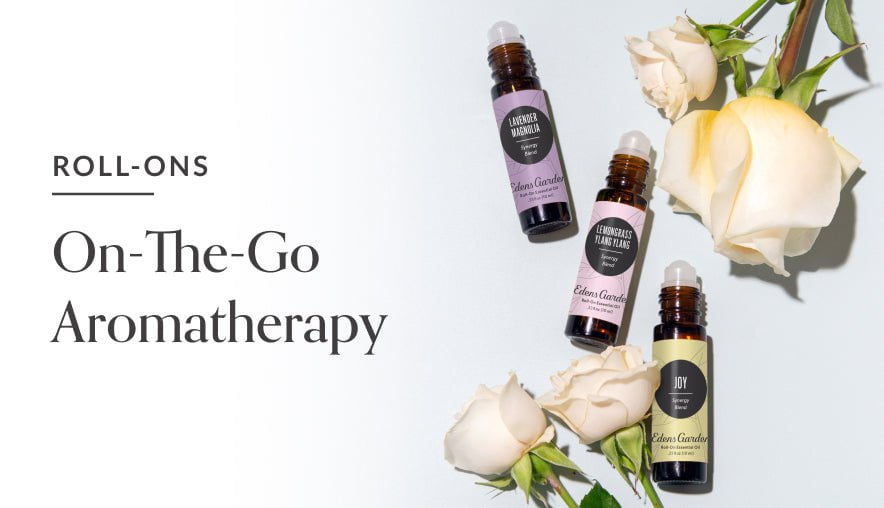AAA: Why should I care about GC/MS reports?

Aromatherapists say that you’re only supposed to purchase essential oils from companies that offer GC/MS reports, but why? Today, we’re discussing the importance of these reports, and what they mean for you and your essential oils. Understanding the significance of the chemical breakdown given in GC/MS reports, and the way we’re able to indicate quality, purity, therapeutic benefits and safety precautions of an oil, will not only help you in choosing an essential oil company, but may also help you to become a better essential oil user.
What’s a GC/MS Report?
Gas chromatography mass spectrometry (GC/MS) is a test that identifies the component(s) in a substance, including essential oils. A GC/MS test reveals the naturally occurring constituents in essential oils, along with any adulterants, synthetics or contaminants that may be found in the oil.
The natural constituents in an EO’s GC/MS report vary greatly from oil to oil, in both amounts of constituents and types of constituents. For example, Birch oil typically contains eight detectable constituents, whereas Agarwood contains over 100.
What Do We Do With This Information?
First and foremost, GC/MS testing is an integral part of ensuring the quality and purity of an essential oil. Admittedly, the information found on a GC/MS report can be difficult to understand to the layperson. However, a good essential oil company will take GC/MS reporting a step further by having each report examined by experts to ensure the quality and purity of an oil.
To measure quality, the percentage of each constituent in an oil is examined to ensure it falls within a standard range for what constitutes a high-grade oil. Indicators used to identify quality oils can vary from ISO standards to standards created from years of aromatherapy experience (such as those curated by aromatherapist Robert Tisserand). For example, a high-quality Lavender Bulgarian oil generally contains between 30-42% linalyl acetate, 23-34% linalool, 3-9% (Z)-β-Ocimene and so on (1). Purity is confirmed when it’s free of adulterants, contaminants or any element unnatural to a particular oil. Common adulterants and contaminants include phthalates, pesticides, carrier oils and less expensive essential oils and isolates.
How Can I Better Use Essential Oils With GC/MS Tests?
A bulk of major constituents found in common essential oils have been researched for therapeutic benefit and safety. For example, we know that cinnamaldehyde, a major constituent of Cassia and Cinnamon Bark, is skin-sensitizing in low dilutions and also has anti-inflammatory properties. Research has led us to find that d-limonene found in many citrus oils is an immunostimulant, and that menthol in Peppermint is analgesic. The major constituents of an oil give us insight into how we can safely and effectively use an EO to our benefit, making GC/MS reports a valuable tool to the serious essential oil user.
In Conclusion
With GC/MS reports, we can confirm an oil’s quality and purity, as well as gather the therapeutic benefits and safety precautions of an EO. In other words, our understanding of essential oils can blossom.
At Edens Garden, we believe in the value of GC/MS testing, and understand the importance of transparency. Thus, we’ve chosen to offer GC/MS testing on all of our single oils for your benefit.
- Tisserand, Robert, and Rodney Young. Essential Oil Safety: a Guide for Health Care Professionals. Churchill Livingstone/Elsevier, 2014.
Want to understand GC/MS reports like a pro? Here are some resources to help guide you:
Aromahead Component Database: This database lists the researched therapeutic benefits and safety information available on an array of essential oil constituents. This resource is costly, but highly valuable for anyone looking to take their aromatherapy knowledge to the next level.
Essential Oil University Component Database: Review GC/MS reports from a variety of oils, or find oils that contain a particular constituent. This is a free resource that is helpful in comparing GC/MS reports, and navigating oils based on a constituent.
Essential Oil Safety, 2nd Edition: If we were to recommend you own one aromatherapy book, it would be this one. Not only does it include percentage ranges for a wide variety of essential oils (helpful when examining the quality of your oils), but a wealth of essential oil information that extends far beyond that of most aromatherapy books.
Leave a comment (Comments will be approved before showing up)
2 comments
Diana Green
Where can I view the GCMC report for each oil?




Edens Garden
January 2, 2024 at 11:32 am
Hi Diana! Each oil’s GC/MS report is available on their individual product pages under “Reports.”